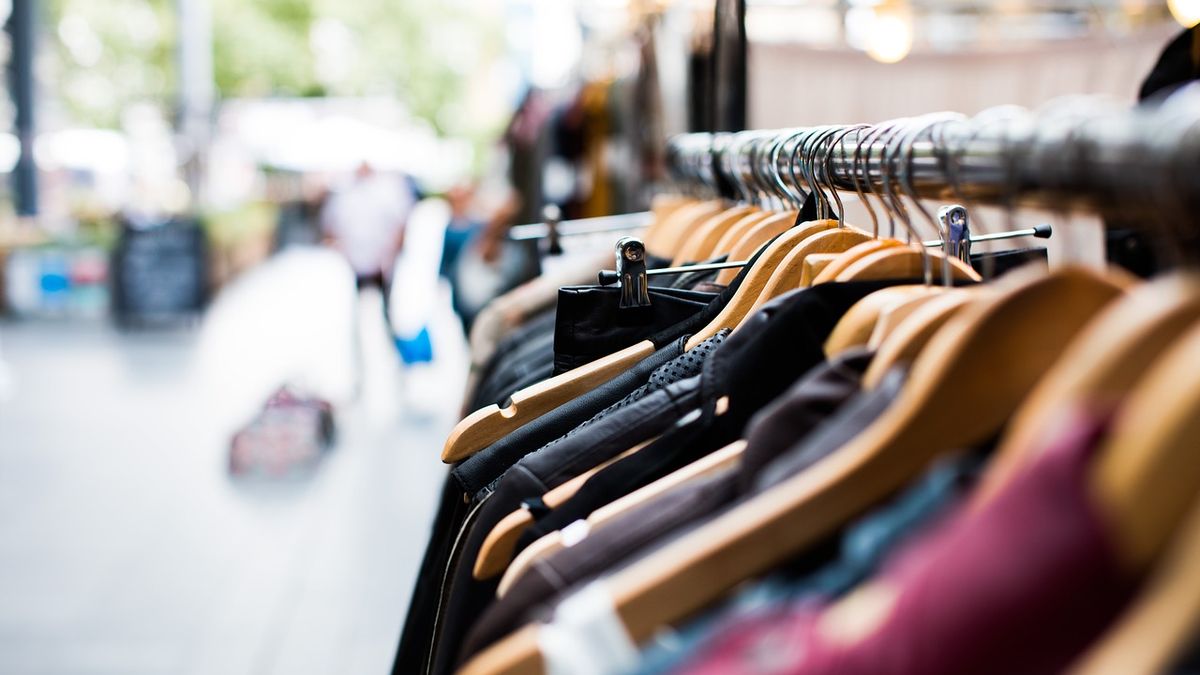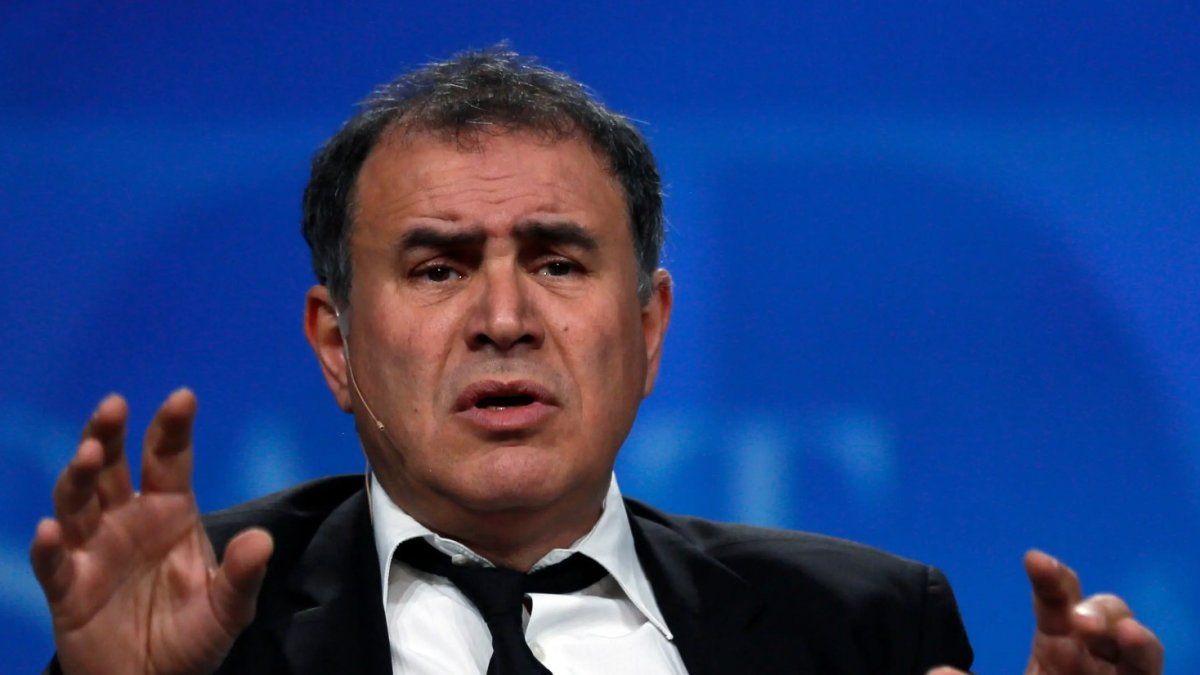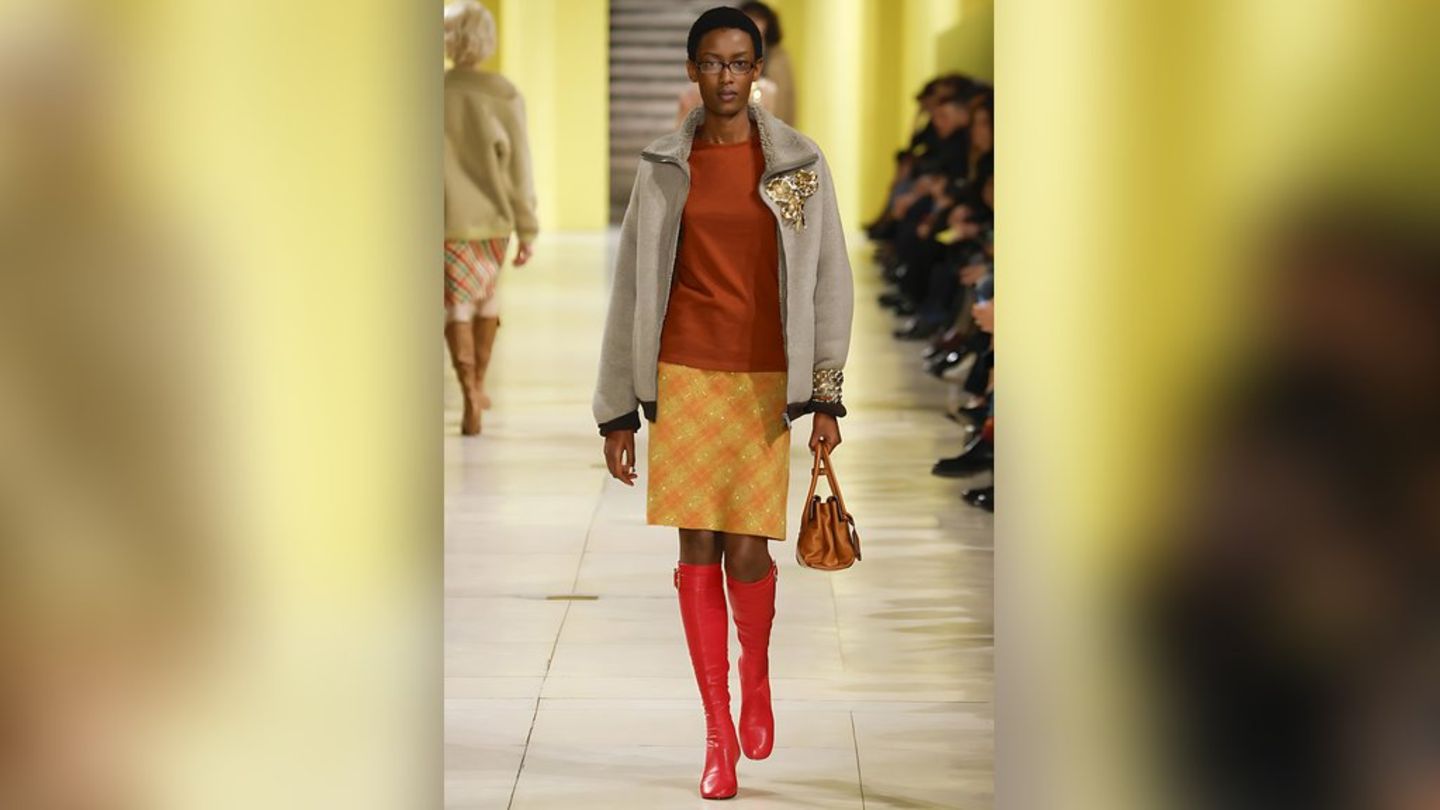Meanwhile, synthetic fibers -polyester, viscose and nylon- are imported inputs that had increases of more than 40% in dollars compared to the pre-pandemic. Makari observed that, “in the last two months, this dynamic of international prices has deepened due to the conflict between Ukraine and Russia”, and estimated that this could continue to put pressure on prices in the coming months, given that “if international prices do not yield , that factor that is very powerful translates into locally manufactured inputs”.
He further said that “March is also a month in which the autumn-winter season is launched, every March and September, when spring-summer is launched, price peaks are recorded.”
Outerwear garments are more complex, use a greater amount and another type of fabric than summer garments, which increases their cost. Likewise, the Foundation’s report pointed out that the “inflationary inertia where factors play that deepen the dynamics (distributive bid, exchange rate, costs, productive structure, tax pressure, interest rate)” contributes.
On the other hand, Makari indicated that the INDEC measurement focuses on the clothing that is sold in shopping malls, “which sell premium brand clothing”and have higher rental, marketing, and advertising costs than other sales channels.
“When you do a survey, you see much smaller increases and more accessible prices and good quality in showrooms, fairs, Avellaneda Street, they have a different logic of prices and more national clothing components than a shopping mall,” he said. On the other hand, he maintained that the companies “are very optimistic and believe that they will continue to invest” given that the sector is undergoing “a reconstruction since 2021” and, in this sense, considered that “a greater offer is important”.
“If we manage to supply the market with more supply and that there is less incidence of imports, that contributes” to moderating the price increases of garments, he indicated.
Finally, he highlighted the initiative carried out by the sector with the Ministry of Productive Development called Action Fashion, in which “more than 70 brands that are in shopping malls agreed to offer the public between 10 and 15 items per store with increases of 30% compared to last year.” “The industrial part also provided brands with discounts on the provision of fabrics,” concluded Makari.
Source: Ambito
David William is a talented author who has made a name for himself in the world of writing. He is a professional author who writes on a wide range of topics, from general interest to opinion news. David is currently working as a writer at 24 hours worlds where he brings his unique perspective and in-depth research to his articles, making them both informative and engaging.




